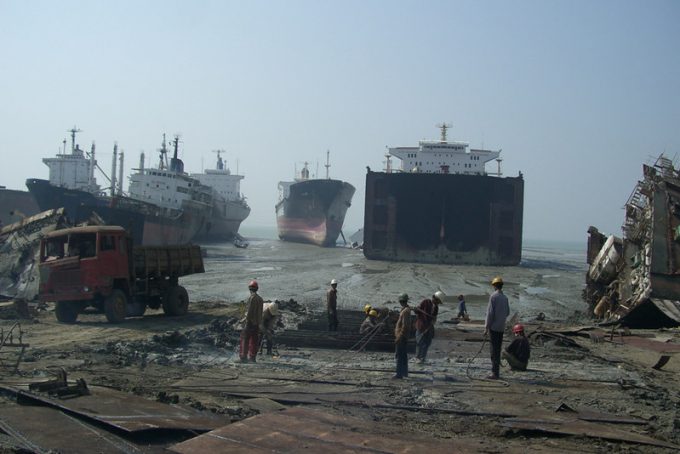MSC switches bigger box ships to higher-paying trades in 'landmark' move
MSC has switched “essentially all” its megamax vessels from Far East-to-North Europe services to the ...

The container fleet is on a scrapping cliff edge, according to Alphaliner.
Last year, demolition sales fell to their lowest levels since 2005, but the industry is soon likely to see a repeat of the post-2008 financial crash scrapping boom.
With a deluge of 2.4m teu of ...


Comment on this article